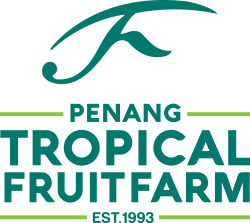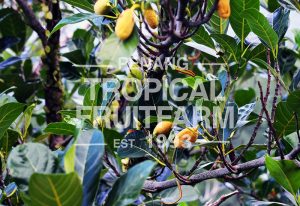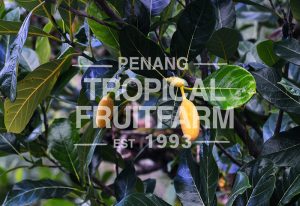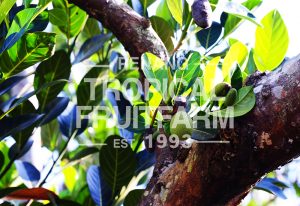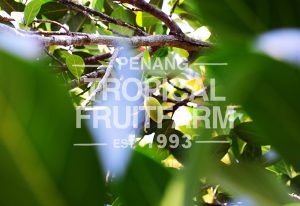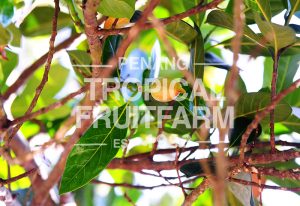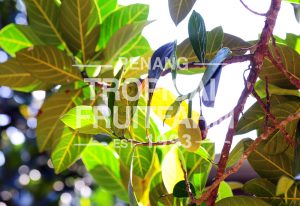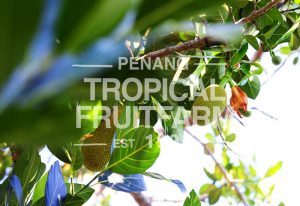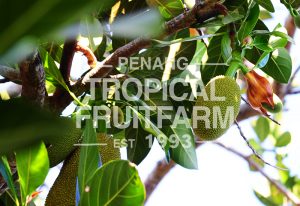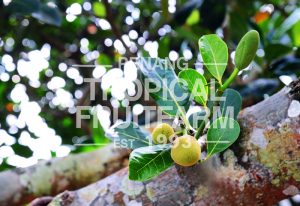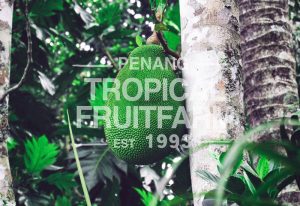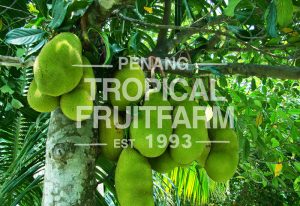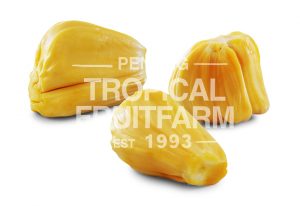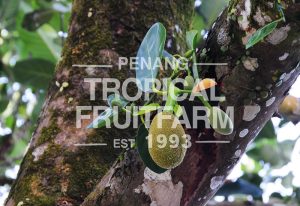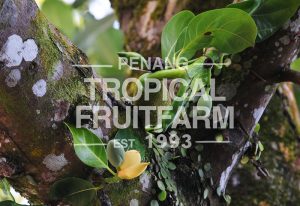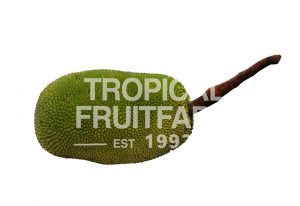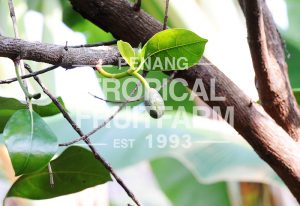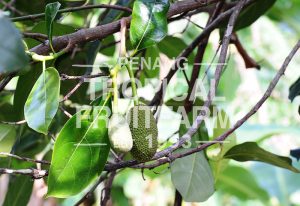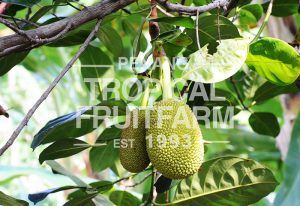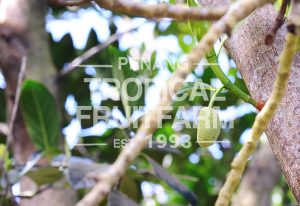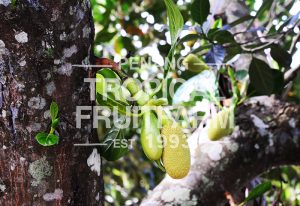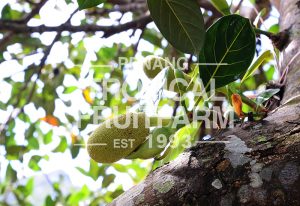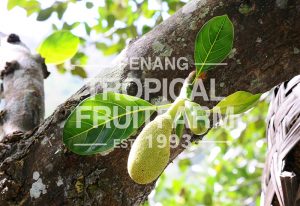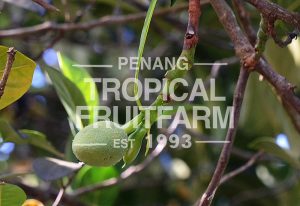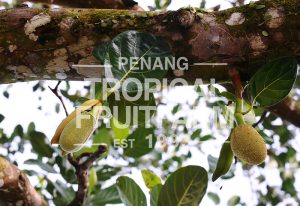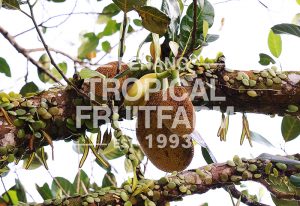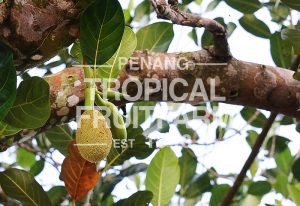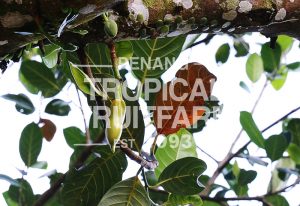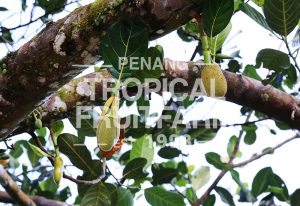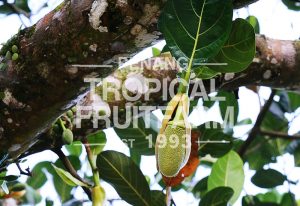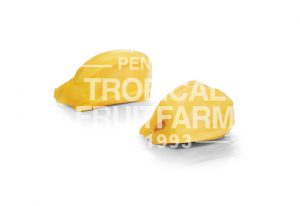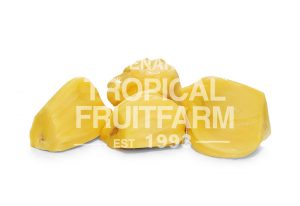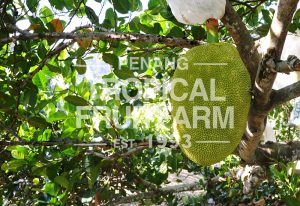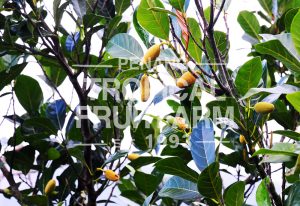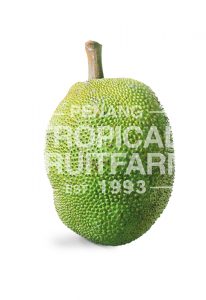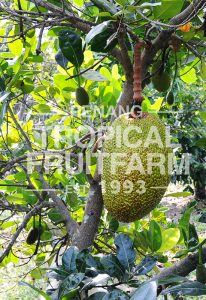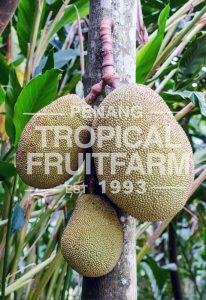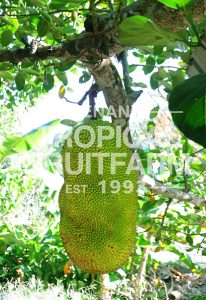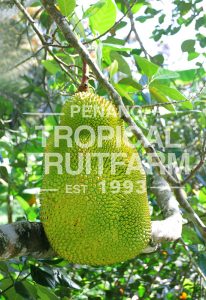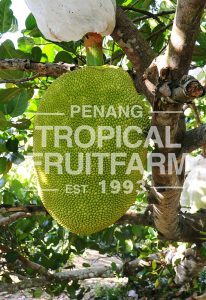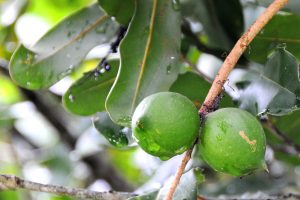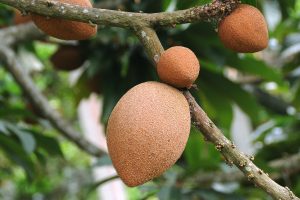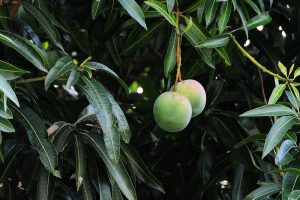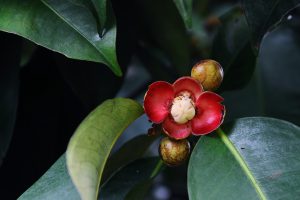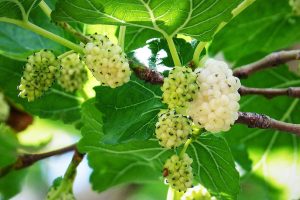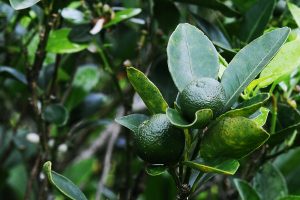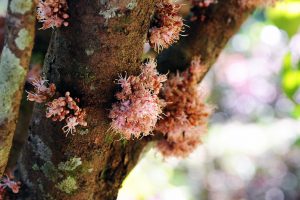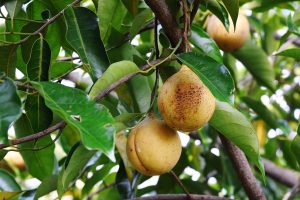| Origin | Nangka is native to parts of South and Southeast Asia, and is believed to have originated in the southwestern rain forests of India, in present-day Kerala and coastal Karnataka. |
| Description | Nangka is said to be the largest tree-borne fruit in the world, with its diameter being at least 25 cm. The yellow fruit is crispy, having a pineapple and banana taste, some say it smells similar to durian. |
| Growth Habitat | Nangka is adapted only to humid tropical and near-tropical climates. |
| Foliage | Evergreen, alternate, glossy, somewhat leathery leaves to 22.5cm long, oval on mature wood, sometimes oblong or deeply lobed on young shoots. |
| Flowers | The tree is monoecious: tiny male flowers are borne in oblong clusters 5-10 cm in length; the female flower clusters are elliptic or rounded. |
| Fruits | Largest of all tree-borne fruits, the Nangka may be 20-90 cm long and 15-50 cm wide, and the weight ranges from 4.5-20 or even as much as 50 kg. The fruit has a green exterior rind covered with small cone-like points. The bulb-like or pod-like fruits which enclose a smooth seed are attached to a pithy core. The fruits are surrounded by many narrow ribbons mainly attached to the interior part of the rind. The fruits are crisp with a pineapple, banana flavour and the seeds taste like chestnuts. Fruit pulp colour varies from amber to yellow, dark yellow or orange. |
| Harvest | Immature fruit is usually 1 to 3 months old, are green and may be harvested for cooking. Maturing fruits lighten in colour and usually develop a strong aroma and the rind spines flatten and widen. Green fruits have a solid sound when tapped whereas ripe fruits have a hollow sound. Because sticky latex may exude from cut surfaces, knives blades need to be coated in oil to extract the fruit. |
| Soil | The Nangka tree flourishes in rich, deep soil of medium or open texture, sometimes on deep gravelly or laterite soil. It will grow, but more slowly and not as tall in shallow limestone. |
| Pruning | With annual pruning the tree is easily maintained at a height and spread of 2m to 3m. Pruning should be done once per year following harvest of the major crop, or towards the end of the warm, humid season. |
| Fertilization | Soils should be as fertile as possible and will benefit from the addition of plant mulch to the soil surface. The tree is not tolerant of salt in the soil, water or air. Fertilization is best done by three applications per year in March, July and September of N:P:K 8-3-9. |
| Propagation | Grafting is the most reliable means of propagating a desired cultivar. Grafting joins together a piece of a mature, bearing tree (scion) with a separate seedling tree (rootstock) to form a permanent union. The scion forms the canopy of the tree and the rootstock the lower trunk and roots. Grafted trees will bear fruit in 2 to 3 years after planting and have a more spreading and open canopy than seedling trees. |
| Nutritional Properties | Nangka is low in calories and fat and a good source of potassium and Vitamin A, thiamin, potassium, calcium, riboflavin, iron, niacin and zinc.. The fruit contains isoflavones, antioxidants, and phytonutrients which means that it has cancer-fighting properties. |
| Health Benefits | Being rich in potassium, Nangka has been found to be helpful in the lowering of blood pressure. The extract of Nangka root is believed to help cure fever as well as diarrhea. Contains phytonutrients, with health benefits ranging from anti-cancer to antihypertensive. The root of this fruit has been found to be beneficial for those suffering from asthma. Nangka proves to be a very good source of vitamin C, which is known for its high antioxidant properties. The fruit contains isoflavones, antioxidants, and phytonutrients, all of which are credited for their cancer-fighting properties. Nangka is known to contain anti-ulcer properties and is also good for those suffering from indigestion. Boasting of anti-ageing properties, the fruit can help slow down the degeneration of cells and make the skin look young and supple. Nangka serves as a good supply of proteins, carbohydrates and vitamins, for the human body. It is believed that the fruit can help prevent and treat tension and nervousness. Since it contains few calories and a very small amount of fat, Nangka is good for those trying to lose weight. If you are suffering from constipation, regular consumption of the fruit will surely prove beneficial. The root of Nangka is said to be good for the treatment of a number of skin problems. |
| Commercial Uses | Aside from its usual food use (young fruits cooked as vegetable and seeds are either boiled, roasted, and slated dried as table nuts), jackfruit has other uses. The rags or the non-edible portion of jackfruit is very rich in pectin and can be used in the preparation of jelly, tart, and leather (chewy sweets). Its wood is used in the manufacture of guitars, good source of timber, furniture, and carvings. The jackfruit latex, in combination with vinegar promotes healing of wounds and glandular swellings. Its wood has a sedative property and its roots can be prepared as a remedy for asthma. |
| Food Suggestion | Kerabu Nangka Ingredients : - 300g young nangka, boiled and sliced thinly - 1 tomato - 4 shallots, sliced - 2 stalks lemon grass - 2cm piece young ginger - 3 kaffir lime leaves - 50g kerisik (fried coconut paste) - 1 lime, squeezed for juice For sambal (pound together): - 3 fresh red chillies, seeded - 1 tsp toasted belacan granules - Pinch of salt Method Put sambal belacan into a mixing bowl. Add the rest of the ingredients and mix well to combine. Add a dash of pepper and a squeeze of lime juice to taste. Toss well, then serve. |
